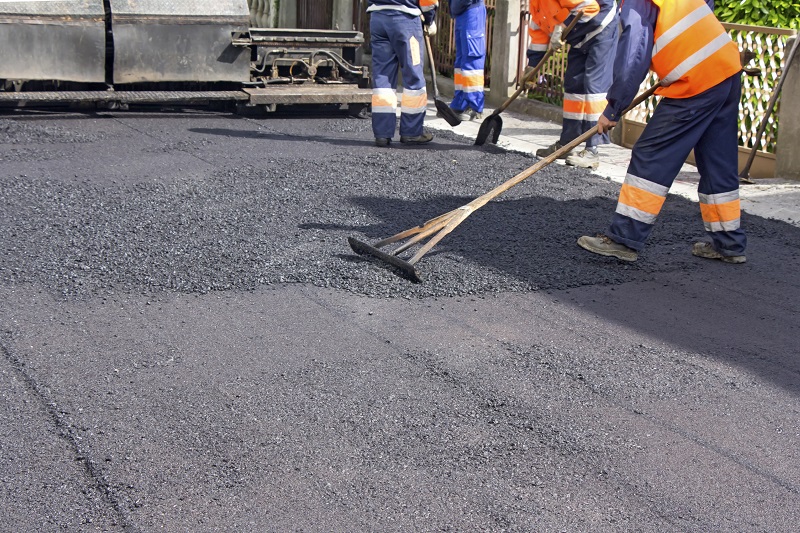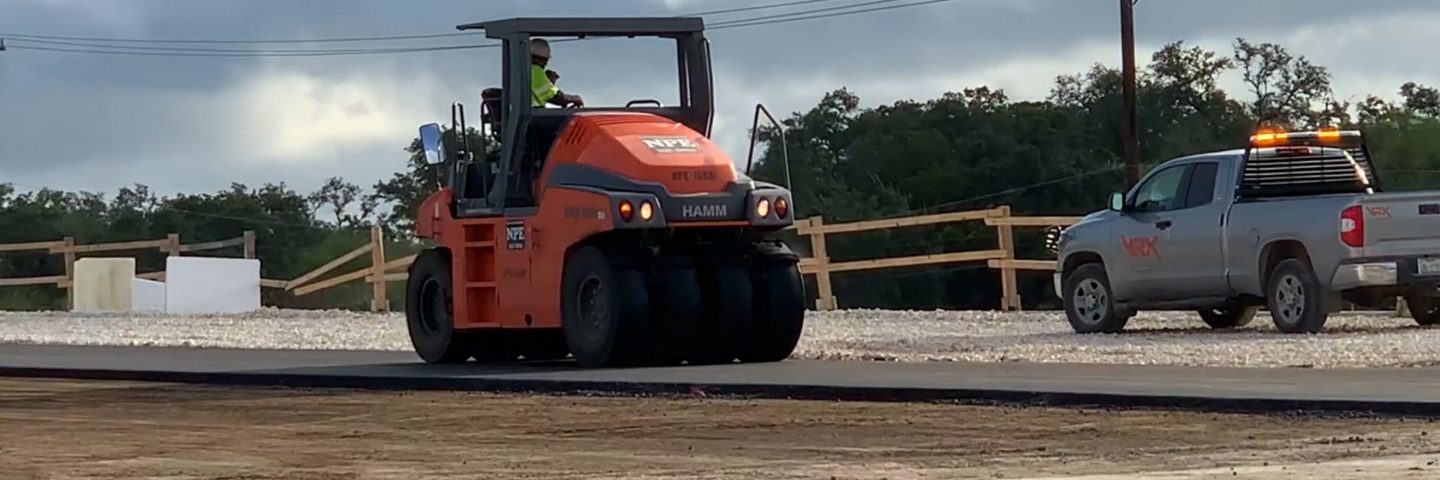Hot Mix Asphalt Paving: Your Entrance to Premium Angled Parking Solutions
Wiki Article
Opening the Tricks of Hot Mix Asphalt Modern Technology
Exploring the midsts of hot mix asphalt technology reveals a world where precise solutions and careful procedures merge to shape our roads and facilities. The fusion of binders, fillers, and accumulations isn't just a building and construction task however a strategic orchestration of durability and effectiveness. As we peer into the elaborate dancing of components, a tapestry of resilience and sustainability unfolds. However what exists underneath this surface area of asphaltic proficiency, and what secrets wait to be revealed in the realm of leading developments?Significance of Hot Mix Asphalt
Hot Mix Asphalt plays an important function in modern infrastructure development as a result of its resilience and cost-effectiveness. As the most commonly made use of paving material for roadways, highways, and vehicle parking great deals, Hot Mix Asphalt uses a variety of advantages that add to its relevance in construction tasks. One vital benefit is its capacity to endure rush hour lots and rough weather condition problems, giving a reputable and long-lasting surface for transportation networks. Furthermore, Hot Mix Asphalt is economical in both first construction and long-lasting maintenance, making it a recommended option for several framework projects.The sturdiness of Hot Mix Asphalt stems from its composition, which consists of accumulations, binder, and filler materials that are meticulously chosen and blended to satisfy specific efficiency requirements. Overall, the relevance of Warm Mix Asphalt in facilities growth can not be underrated, as it proceeds to be a cornerstone of modern-day building techniques.
Elements of Asphalt Mixes
The structure of asphalt blends is composed of thoroughly chosen accumulations, binder, and filler materials that are essential for accomplishing details efficiency requirements. Accumulations are the main part of asphalt blends, providing strength and stability. The binder, normally bitumen or asphalt cement, holds the aggregates with each other and supplies adaptability and toughness to the mix.The combination and proportion of these elements play a substantial role in determining the quality and efficiency of the asphalt mix. Engineers thoroughly make the mix to meet specific demands, taking into consideration elements like website traffic quantity, environment conditions, and pavement life-span. Appropriate selection and balancing of aggregates, binder, and fillers are crucial for producing long lasting, resilient asphalt pavements.
Combining and Manufacturing Strategies

As soon as the accumulations are chosen, the binder, commonly asphalt concrete, is contributed to bind the products with each other. The binder's top quality and quantity considerably affect the mix's stamina, versatility, and resistance to environmental factors. Additionally, fillers like hydrated lime or Portland concrete may be incorporated to enhance specific characteristics of the asphalt mix, such as its workability or wetness resistance.
Throughout manufacturing, the aggregates and binder are heated, generally between 250-325 ° F(121-163 ° C ), to assist in mixing and make sure appropriate layer of the accumulations. The mixing procedure should be extensive to achieve an uniform blend that advertises the desired efficiency attributes of the asphalt. Various strategies, such as set blending or drum blending, are utilized to achieve regular and top notch asphalt mixes for building projects.
Variables Impacting Asphalt Efficiency
Factors influencing asphalt efficiency encompass a variety of variables that influence the resilience, durability, and overall high quality of asphalt pavements. One vital factor is the high quality of products used in the asphalt mix.
Environmental problems also affect asphalt performance. Temperature variations, dampness infiltration, and website traffic loads can all influence the structural stability of the pavement. Layout considerations, such as sidewalk density and drainage, are crucial in guaranteeing the lasting performance of the asphalt sidewalk. By carefully thinking about these specialists, designers and factors can optimize asphalt performance and improve the life span of sidewalks.
Lasting Practices in Asphalt Technology

WMA enables for the manufacturing and placement of asphalt blends at lower temperatures contrasted to conventional hot-mix asphalt, resulting in lowered energy intake and greenhouse gas emissions. The use of permeable asphalt mixes can aid minimize stormwater runoff concerns by allowing water to infiltrate via the sidewalk and into the ground, advertising all-natural water purification and recharge processes.
Final Thought
Finally, warm mix asphalt technology plays a crucial function in contemporary facilities advancement as a result of its durability and cost-effectiveness. By very carefully stabilizing elements, employing appropriate mixing methods, and thinking about different aspects, designers can produce top notch asphalt blends that stand up to rush hour lots and extreme climate problems. Accepting sustainable practices, such as using warm-mix modern technologies and recycled products, additionally improves the environmental friendliness of asphalt modern technology.
Blending and manufacturing techniques in hot mix asphalt innovation involve the precise mix and processing of aggregates, binder, and fillers to develop a high-performance and long lasting asphalt mix.Factors influencing asphalt efficiency include a range of variables that influence the toughness, durability, and overall top quality of asphalt pavements. Sustainable practices in asphalt innovation incorporate different initiatives intended at minimizing the environmental influence of asphalt production and paving procedures. By integrating redeemed asphalt sidewalk (RAP) and recycled asphalt roof shingles (RAS) into brand-new asphalt mixes, the market can considerably lower the usage of raw products and energy, while additionally lowering landfill waste.
WMA permits for the production and positioning of asphalt mixes at reduced temperature levels compared to typical hot-mix asphalt, resulting in minimized power intake and greenhouse gas emissions.
Report this wiki page